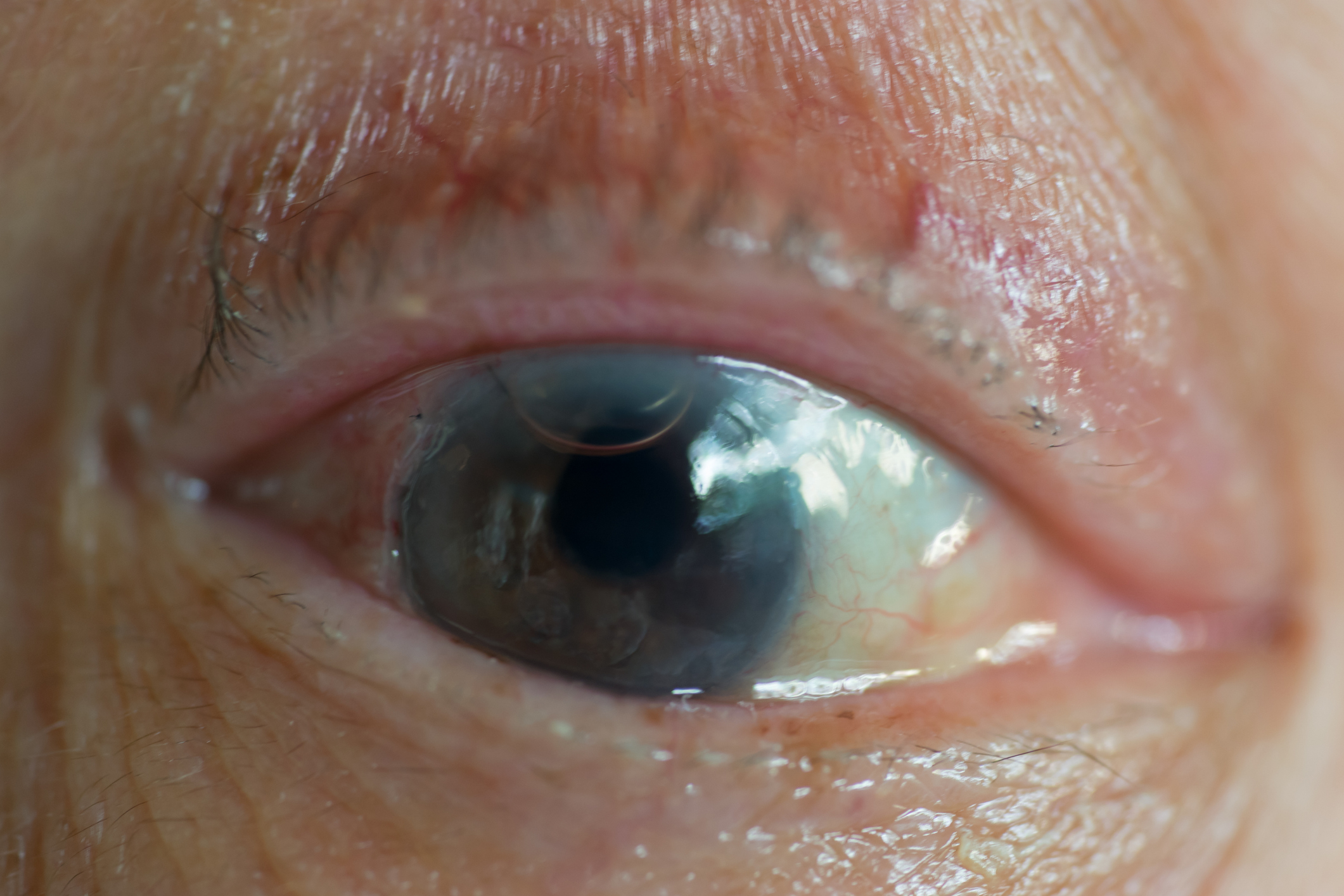Toxocariasis: Ocular Symptoms, Diagnosis, and Treatment
Introduction
Toxocariasis is a parasitic infection caused by the larvae of Toxocara roundworms, predominantly found in the intestines of dogs and cats. While the infection primarily affects the digestive system when ingested through contaminated food or soil, it can also lead to ocular complications when the larvae migrate to the eye. Understanding the ocular symptoms, diagnosis methods, and treatment options for toxocariasis is crucial for effective management and prevention of vision loss.
Ocular Symptoms of Toxocariasis
Toxocariasis can present a spectrum of ocular symptoms, varying from mild to severe manifestations. These symptoms may include:
- Visual Disturbances: Patients may experience blurred vision, floaters, or sudden changes in vision quality. These symptoms occur due to inflammation or direct damage caused by the presence of Toxocara larvae within ocular tissues.
- Eye Pain: Ocular discomfort or pain may occur, particularly if there is inflammation, pressure, or tissue damage within the eye. This symptom can range from mild irritation to severe, throbbing pain depending on the extent of the infection.
- Redness and Inflammation: Ocular inflammation is a common manifestation of toxocariasis, leading to redness, swelling, and irritation of the affected eye. Inflammation occurs as a result of the immune system’s response to the presence of foreign Toxocara antigens.
- Strabismus: Misalignment of the eyes, known as strabismus, can develop if the Toxocara larvae affect the muscles responsible for controlling eye movement. This can result in double vision and difficulty focusing on objects.
- Retinal Damage: In severe cases, Toxocara larvae may penetrate the retina, causing retinal scarring, detachment, or other vision-threatening complications. Retinal damage can lead to permanent vision loss if left untreated.
Diagnosis of Ocular Toxocariasis
Diagnosing ocular toxocariasis typically involves a combination of clinical examination, medical history assessment, and laboratory investigations. Diagnostic methods may include:
- Ophthalmic Examination: A thorough eye examination by an ophthalmologist is essential to assess visual acuity, examine the external and internal structures of the eye, and identify any signs of inflammation, retinal damage, or other abnormalities.
- Serological Tests: Blood tests, such as enzyme-linked immunosorbent assay (ELISA), can detect specific antibodies produced by the immune system in response to Toxocara antigens. Positive serological test results indicate exposure to the parasite, confirming the diagnosis of toxocariasis.
- Imaging Studies: Advanced imaging techniques, such as ocular ultrasound or optical coherence tomography (OCT), may be employed to visualize the internal structures of the eye, assess the extent of ocular involvement, and identify any structural abnormalities associated with toxocariasis.
Treatment of Ocular Toxocariasis
The management of ocular toxocariasis aims to alleviate symptoms, eradicate the parasite, and prevent further ocular complications. Treatment modalities may include:
- Anti-parasitic Medications: Anthelmintic drugs, such as albendazole or mebendazole, are commonly prescribed to kill the Toxocara larvae and prevent their further migration within the body. These medications are administered orally and may be combined with corticosteroids to reduce inflammation.
- Corticosteroids: Topical or systemic corticosteroids may be used to suppress ocular inflammation, alleviate symptoms, and minimize tissue damage in the eye. Steroid therapy is often initiated concurrently with antiparasitic treatment to achieve optimal outcomes.
- Surgical Intervention: In cases of severe retinal damage, macular involvement, or complications such as retinal detachment, surgical procedures such as vitrectomy, retinal laser therapy, or intravitreal injections may be necessary to restore visual function and preserve ocular integrity.
- Ocular Hygiene and Preventive Measures: Patients are advised to maintain good ocular hygiene, including regular eye washing with clean water, avoiding contact with contaminated soil or animal feces, and practicing proper hand hygiene to minimize the risk of recurrent infections and reinfection.
Conclusion
Ocular toxocariasis is a potentially sight-threatening condition that requires prompt recognition, accurate diagnosis, and timely intervention to prevent vision loss and ocular complications. By understanding the ocular symptoms, diagnostic approaches, and treatment strategies for toxocariasis, healthcare providers can effectively manage this parasitic infection and improve visual outcomes for affected individuals. Early diagnosis, comprehensive treatment, and preventive measures are essential for minimizing the impact of toxocariasis on ocular health and enhancing the quality of life for patients.
World Eye Care Foundation’s eyecare.live brings you the latest information from various industry sources and experts in eye health and vision care. Please consult with your eye care provider for more general information and specific eye conditions. We do not provide any medical advice, suggestions or recommendations in any health conditions.
Commonly Asked Questions
Toxocariasis is considered a global health issue, with prevalence varying across different regions depending on factors such as climate, sanitation practices, and pet ownership.
Ocular toxocariasis may not always be detected during a routine eye exam. Additional tests, such as serological tests and imaging studies, may be necessary for diagnosis.
Currently, there is no vaccine available for toxocariasis. Prevention focuses on hygiene and avoidance of contaminated environments.
Preventive measures include practicing good hygiene, washing hands thoroughly after outdoor activities, deworming pets regularly, and avoiding contact with animal feces.
Yes, children are at higher risk of toxocariasis due to their frequent contact with contaminated soil or sandpits and their tendency to put their hands or objects in their mouths.
Untreated ocular toxocariasis can lead to severe complications such as permanent vision loss, retinal detachment, glaucoma, and inflammation of other ocular structures.
Symptoms of toxocariasis may appear weeks to months after initial exposure to the parasite, as the larvae migrate through the body and reach the eyes.
No, toxocariasis is not directly contagious between humans. It is primarily contracted through ingestion of Toxocara eggs from contaminated sources.
Yes, toxocariasis can affect one or both eyes, depending on the extent of larval migration and ocular tissue involvement.
Risk factors for toxocariasis include close contact with dogs or cats, exposure to contaminated soil or feces, and inadequate hygiene practices.
news via inbox
Subscribe here to get latest updates !








